nasturtium Tropaeolum majus 'Empress of India': from Allandale Farm: Alvin Kho (chipmunk_1), CC BY-SA 2.0, via Flickr @ https://www.flickr.com/photos/42919152@N04/6160436067/
Male calliope hummingbird (Selasphorus calliope)
Lafitte's Cove, Galveston, southeastern Texas: Dan Pancamo, CC BY SA 2.0, via Wikimedia Commons @ https://commons.wikimedia.org/wiki/File:Calliope_Hummingbird_by_Dan_Pancamo.jpg
Selasphorus calliope map: Cephas, CC BY SA 3.0, via Wikimedia Commons @ https://eu.wikipedia.org/wiki/Fitxategi:Stellula_calliope_map.svg
Salvia vanhouttei (red-flowered form): SB Johnny, CC BY SA 3.0, via Wikimedia Commons @ https://commons.wikimedia.org/wiki/File:Salvia_vanhouttei_001.JPG
Male ruby-throated hummingbird (Archilochus colubris)
Valley Station, southwestern Jefferson County, north central Kentucky: Joe Schneid, Louisville, Kentucky, CC BY 3.0, via Wikimedia Commons @ https://commons.wikimedia.org/wiki/File:Archilochus_colubris_(Male).jpg
Archilochus colubris map: Ken Thomas, Public Domain, via Wikimedia Commons @ https://commons.wikimedia.org/wiki/File:Ruby-throated_Hummingbird-rangemap.gif
Mexican Sunflower (Tithonia rotundifolia) 'Torch'; flowering foliage: ClatieK, CC BY-ND 2.0, via Flickr @ http://www.flickr.com/photos/clatiek/2766220211/
Calypte Anna map: Cephas, CC BY SA 3.0, via Wikimedia Commons @ https://commons.wikimedia.org/wiki/File:Calypte_anna_map.svg
male Anna's Hummingbird: Steve Berardi from Long Beach, CA, United States, CC BY 2.0, via Wikimedia Commons @ https://commons.wikimedia.org/wiki/File:Annas_Hummingbird_(male)_(3104859511).jpg
Mexican sunflowers, Mexican asters
Allied Arts Guild, Bay Area, northern California: ClatieK, CC BY-ND 2.0, via Flickr @ https://www.flickr.com/photos/clatiek/2888473815/
spike of scarlet sage's tubular flowers: Futureman1199, CC BY SA 3.0, via Wikimedia Commons @ https://commons.wikimedia.org/wiki/File:2012_06-21IMG_2248_(2).jpg
Tropaeolum majus 'Empress of India'
Egleston Community Orchard, Egleston Square, Boston, Massachusetts; Sep. 16, 2012: Alvin Kho (chipmunk_1), CC BY SA 2.0, via Flickr @ https://www.flickr.com/photos/42919152@N04/7994512244/


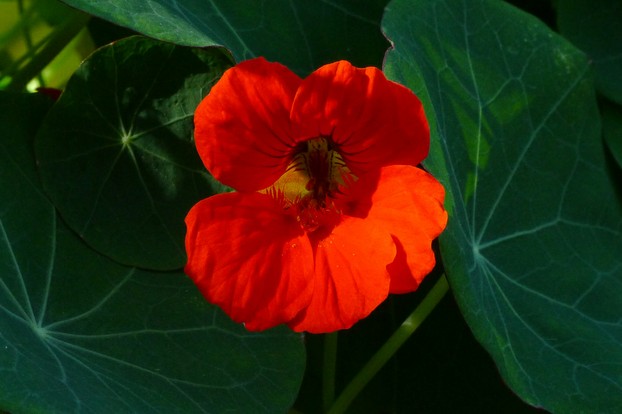
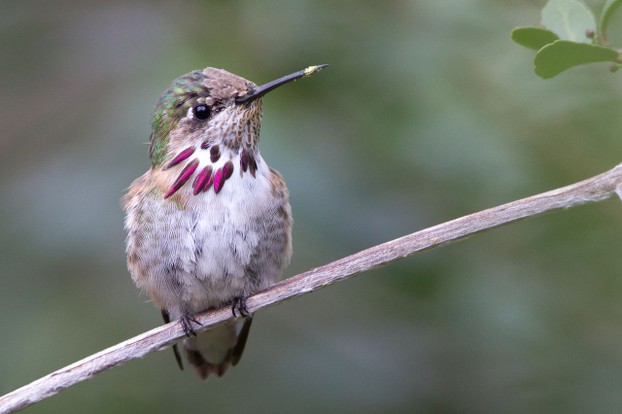
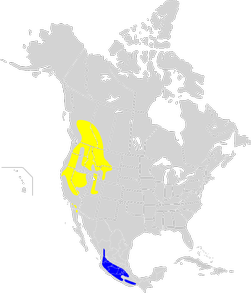
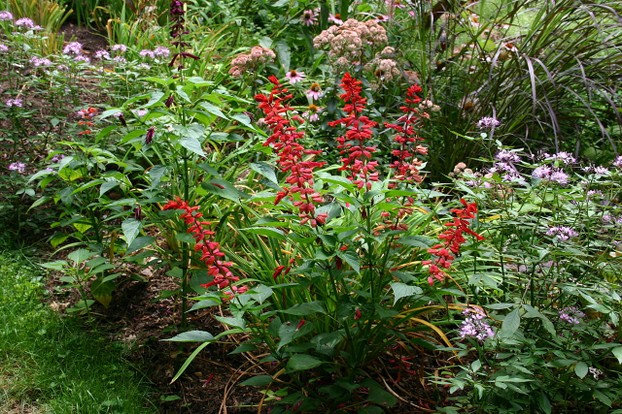
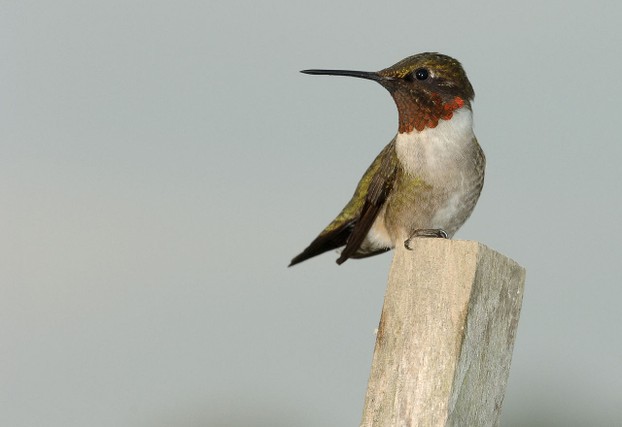
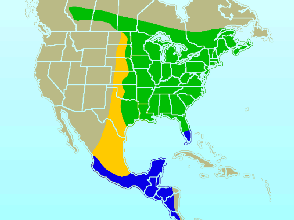
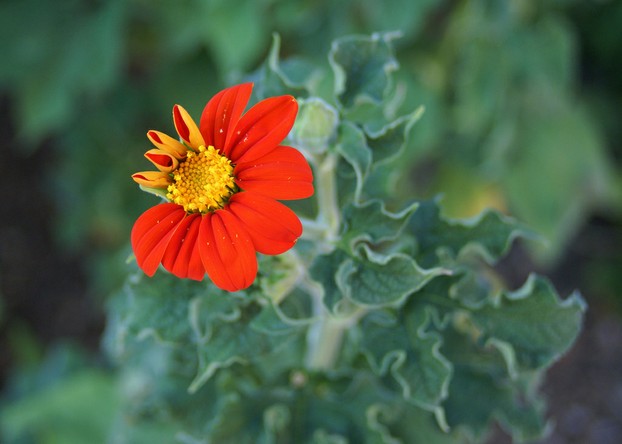
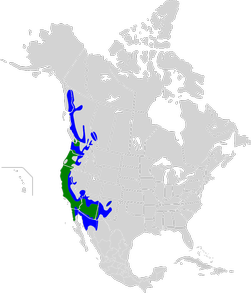
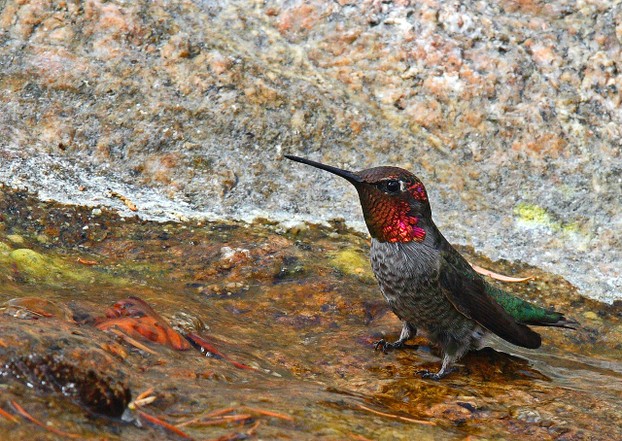
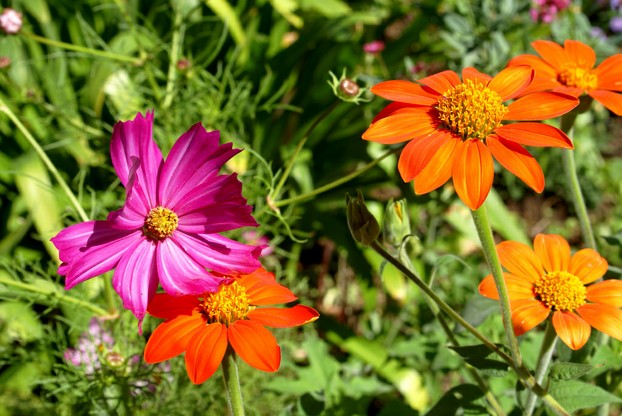
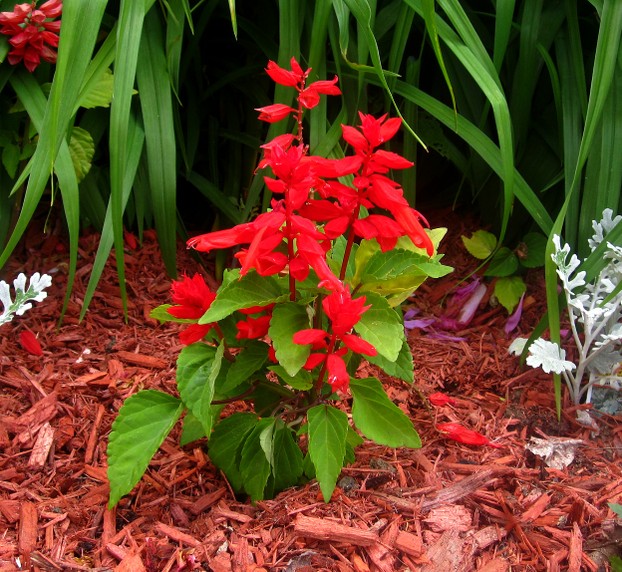
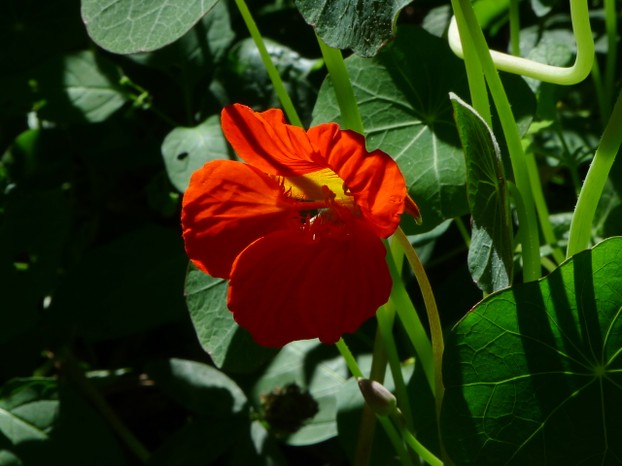








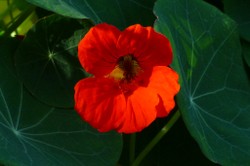

 Are Hawaiian Huakai Po Nightmarchers Avenging Halloween Thursday?on 10/02/2024
Are Hawaiian Huakai Po Nightmarchers Avenging Halloween Thursday?on 10/02/2024
 Mailing Addresses for 2023 Form 4868 Extending 1040 and 1040SR April 15, 2024, Due Dateon 04/15/2024
Mailing Addresses for 2023 Form 4868 Extending 1040 and 1040SR April 15, 2024, Due Dateon 04/15/2024
 Mailing Addresses for 2023 Forms 1040 and 1040SR Filed in 2024on 04/15/2024
Mailing Addresses for 2023 Forms 1040 and 1040SR Filed in 2024on 04/15/2024
 Mailing Addresses for 2022 Form 4868 Extending 1040 and 1040SR April 18, 2023, Due Dateon 04/13/2023
Mailing Addresses for 2022 Form 4868 Extending 1040 and 1040SR April 18, 2023, Due Dateon 04/13/2023

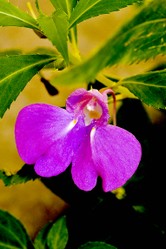
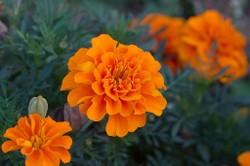
Comments
VioletteRose, That's lovely that Mexican sunflowers grew in your parents' garden.
Mexican sunflowers are quite stunning, so it's good to know that you can have as many flowers as you want because of their fast propagation and floral profusion.
Both scarlet sage and nasturtiums make spectacular contributions to gardens. Perhaps you'll see them some day for they are admired worldwide.
Mexican sunflower plants used to grow by its own in my parents garden and they propagate very fast and produce lots of lovely, colourful flowers. I love those flowers. The other two red flowers too look very pretty but I have no experience growing them. These bright coloured flowers definitely look great in any garden, and it is a bonus that they can attract hummingbirds!